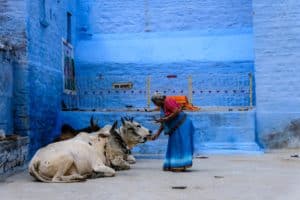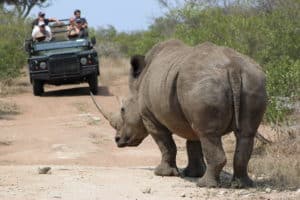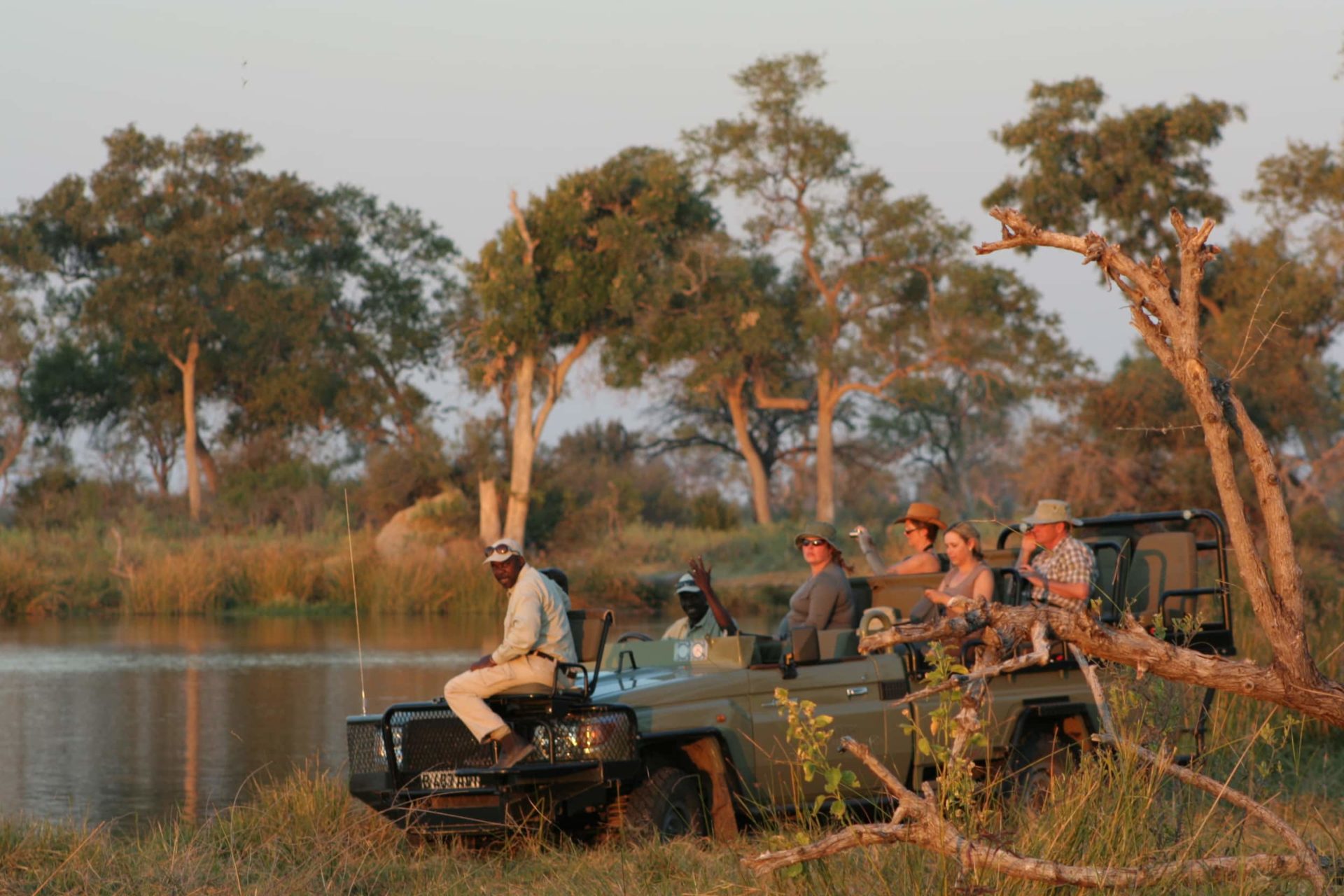There’s something magical about an African safari. The vast open plains, the diverse wildlife, and the golden sunsets combine to create an unforgettable adventure. Behind every incredible safari experience, however, is a crucial piece of equipment: the safari vehicle. These vehicles have come a long way, transforming how we explore the wilderness and interact with nature. Let’s take a journey through safari vehicle history, tracing the remarkable progression of safari transportation and how it has shaped the evolution of safari tours over time.
The Early Days of Safari: Horsebacks and Ox-Drawn Carts
In the late 19th and early 20th centuries, safaris were vastly different from the experiences we enjoy today. The word “safari,” derived from the Swahili term meaning “journey,” originally referred to long, arduous expeditions. These were often undertaken by explorers, researchers, and big-game hunters. At the time, African safari transportation relied on traditional methods: horses, donkeys, and ox-drawn carts.
Travelling across the African bush was slow and uncomfortable. Safaris required extensive manpower, with porters and guides playing a crucial role in navigating uncharted terrains. The carts, while functional, were far from ideal for the rough terrain of Africa’s wilderness. Additionally, the lack of modern infrastructure meant that safaris were more about endurance than enjoyment. Tourists who attempted these early safaris often faced physical hardship, making the journey an accomplishment in itself.
Despite the challenges, these early expeditions laid the groundwork for what would eventually become one of the world’s most sought-after travel experiences.
The Advent of Motorised Safari Vehicles
The introduction of motorised vehicles in the early 20th century marked a pivotal moment in the history of safari tours. With the arrival of the Ford Model T in the 1920s, safaris entered a new era. Although these vehicles were not specifically designed for off-road travel, they offered a faster and more efficient way to traverse the bush. The days of relying solely on animals for transport were coming to an end.
By the mid-20th century, vehicles like the iconic Land Rover and Jeep began to dominate safari expeditions. Originally developed during and after World War II, these rugged vehicles were perfectly suited to Africa’s challenging landscapes. Their durability, off-road capabilities, and reliability made safaris more accessible to tourists, encouraging a growing interest in wildlife tourism.
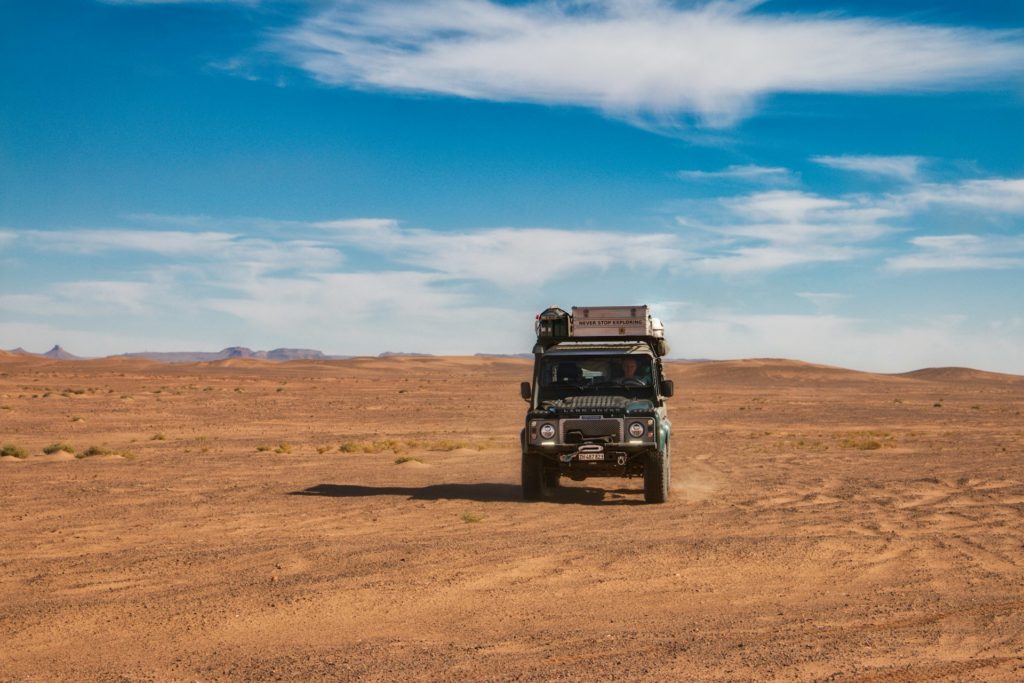
It was during this period that the concept of the “game drive” was born. Safari operators customised their vehicles to include open sides and raised seating, providing passengers with better visibility and more intimate encounters with wildlife. The advent of motorised vehicles not only improved safety but also allowed explorers to venture deeper into previously inaccessible areas, offering an entirely new perspective of the African wilderness.
The Golden Age of Safari Tourism
The 1960s and 1970s are often referred to as the golden age of safari tourism. During this time, countries like Kenya, Tanzania, and South Africa emerged as premier safari destinations. The development of national parks and reserves such as the Serengeti, Maasai Mara, and Kruger National Park further fuelled the popularity of safaris.
Safari operators began to invest in purpose-built vehicles tailored specifically for wildlife tourism. Land Rover’s Series II and III models became synonymous with safaris, thanks to their ability to navigate challenging terrains while offering a comfortable ride. Raised seating platforms, open-air designs, and robust suspension systems became standard features, ensuring tourists could enjoy unobstructed views of Africa’s iconic wildlife.
This era also saw the rise of luxury safaris, blending adventure with comfort. Safari vehicles were equipped with coolers for refreshments, padded seats, and even onboard radios to enhance the experience. Tourists could now enjoy thrilling wildlife encounters without sacrificing convenience. The golden age of safari tourism set the stage for the modern safari industry, blending tradition with innovation.
Modern Safari Vehicles: Merging Comfort with Sustainability
Today’s safari vehicles are a testament to technological advancement and eco-conscious design. As the world becomes increasingly aware of the importance of sustainable tourism, modern African safari transportation has evolved to minimise its environmental impact while enhancing the guest experience.
Custom-built Land Cruisers, known for their durability and versatility, have largely replaced older models. These vehicles feature tiered seating, allowing every passenger a clear view of the landscape. Pop-up roofs provide shade while enabling tourists to stand for an elevated view during game drives. Modern vehicles are equipped with advanced suspension systems to handle rough terrains, ensuring a smoother ride even on the bumpiest of roads.
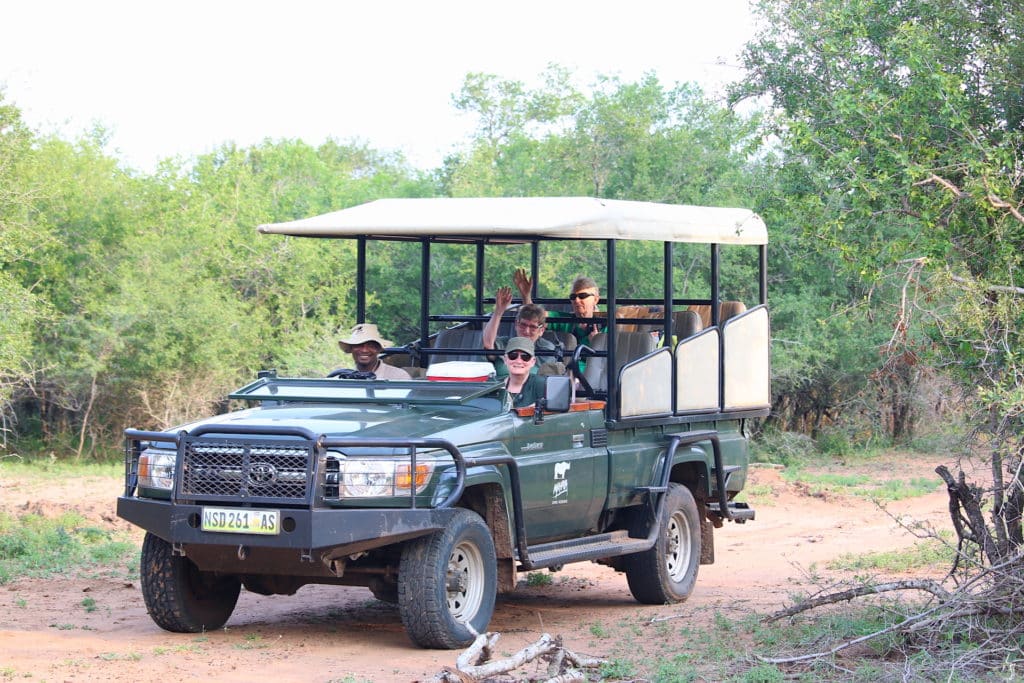
In recent years, electric safari vehicles have begun to make their mark. Powered by renewable energy, these vehicles produce zero emissions, aligning with the growing emphasis on environmental sustainability. Silent engines also allow tourists to approach wildlife without disturbing the natural environment, creating a more immersive experience. Solar-powered charging stations are being introduced in many safari lodges, further supporting eco-friendly practices.
Other features such as GPS tracking, onboard Wi-Fi, and built-in cameras are becoming more common, enhancing safety and connectivity. These advancements reflect the ongoing effort to balance innovation with the preservation of Africa’s fragile ecosystems.
The Role of Safari Vehicles in Conservation
Safari vehicles have not only transformed tourism but also played a vital role in wildlife conservation. By providing access to remote areas, these vehicles have enabled researchers and conservationists to monitor and protect endangered species. Anti-poaching patrols, ecological surveys, and community outreach programmes all benefit from the versatility and reliability of safari vehicles.
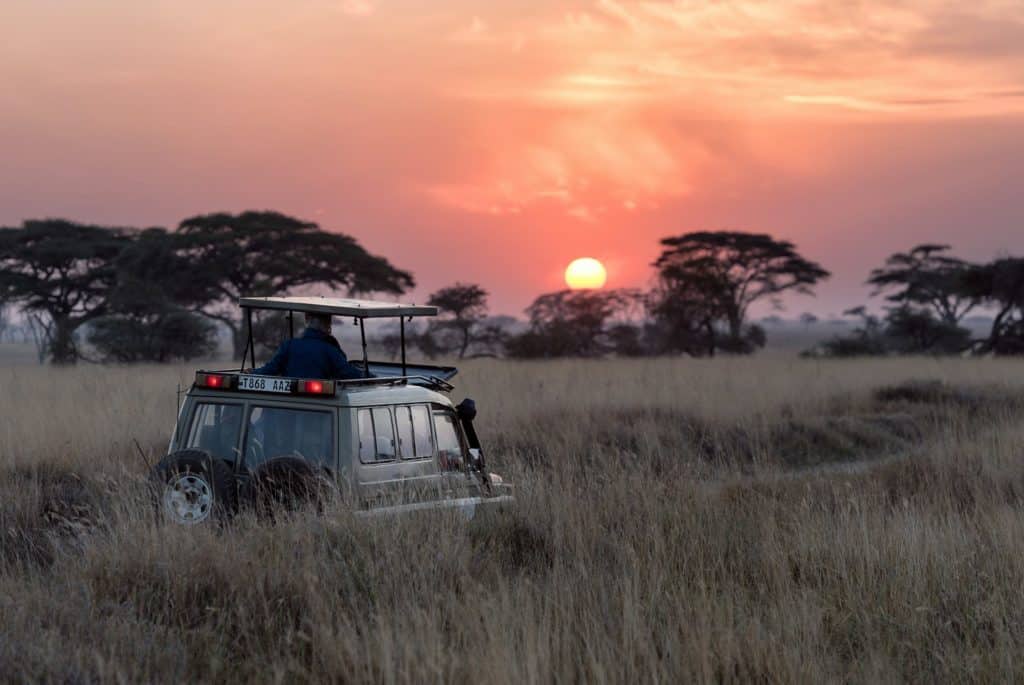
Tourists, too, play a role in conservation by supporting eco-tourism initiatives. Many safari operators now reinvest a portion of their profits into local communities and wildlife protection efforts. By choosing eco-friendly safari tours, travellers contribute to the preservation of Africa’s natural heritage.
The Future of Safari Transportation
As technology continues to evolve, the future of safari transportation looks brighter than ever. Solar-powered vehicles, autonomous safari drones, and electric buses are just a few of the innovations on the horizon. These advancements promise to make safaris even more sustainable, ensuring future generations can enjoy the beauty of Africa’s wilderness.
However, as we embrace innovation, it’s essential to preserve the authenticity of the safari experience. The thrill of spotting a lion or witnessing a herd of elephants in their natural habitat is something that technology should enhance, not replace. Maintaining a balance between modernisation and tradition will be key to the continued success of safari tourism.
A Journey Through Time
From ox-drawn carts to electric cruisers, the evolution of safari tours reflects humanity’s enduring fascination with nature. Safari vehicles have come a long way, transforming safaris from gruelling expeditions into comfortable, accessible, and unforgettable adventures. Yet, at their core, they remain a bridge between us and the natural world.
So, the next time you find yourself bouncing along a dirt track in the heart of Africa, take a moment to appreciate the journey that brought you there. The safari vehicle beneath you is more than just a mode of transport; it’s a symbol of progress, innovation, and our deep connection to the wild.
What’s your favourite safari experience? Share your stories in the comments below and let’s celebrate the incredible legacy of safari vehicles together!
